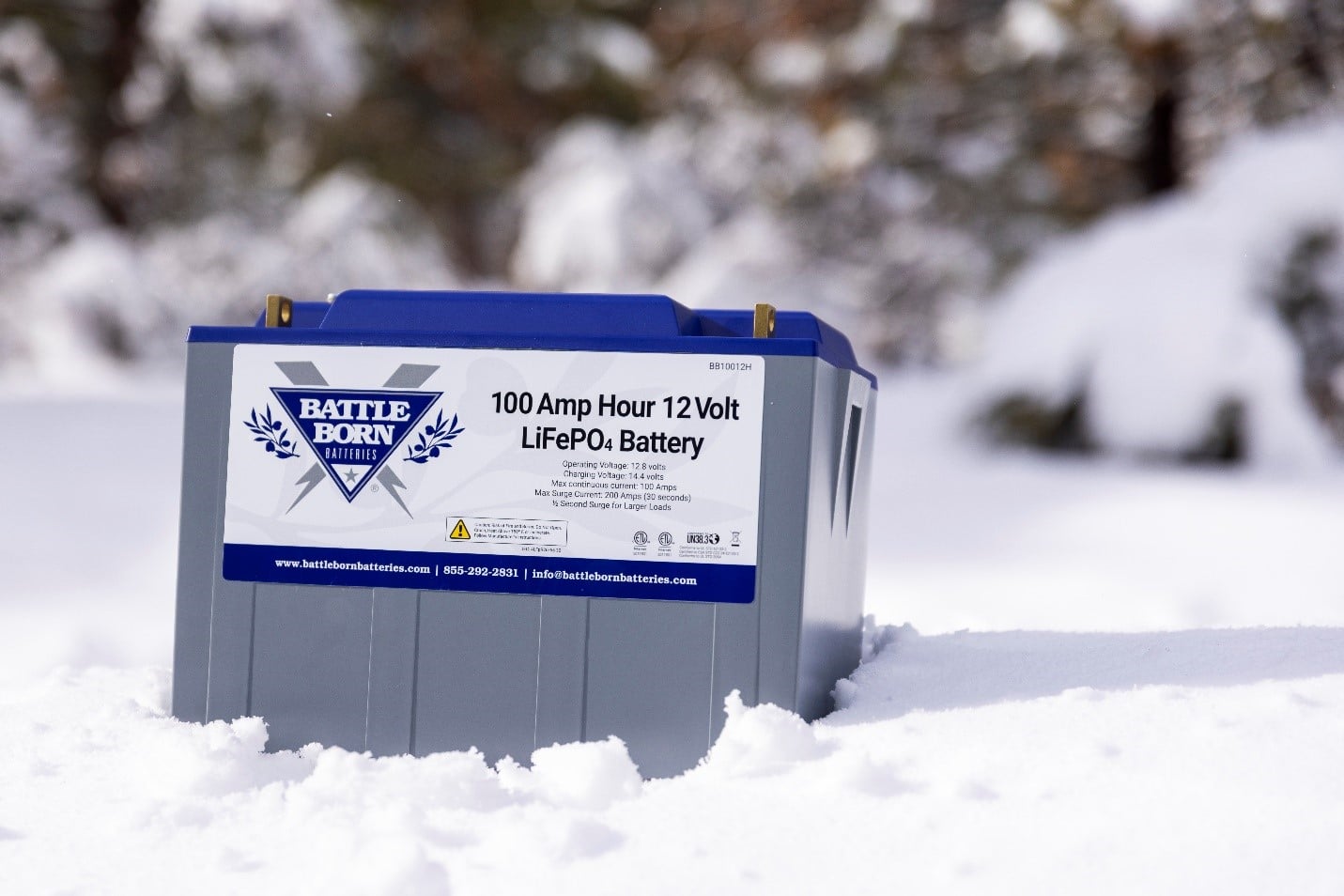What temperatures do I get reduced DCFC and regen? At what cold temperature makes the battery heater run and reduce my range?
These questions come up every few days in winter, so I have consolidated my replys from several threads here to make it easier to link.
Here are the key data points learned from many other cold weather charging threads, most from @VW TECHNICIAN and confirmed by others with dongles. These are battery min. temps. and you need to be at a low SOC around <20% to get the max. 125kw rate shown here.
When cold the DCFC is reduced and the waste heat from driving does not warm the battery much beyond 32F where the battery heater shuts off:
At 32F (0C) max out at 50kw
At 54F (12°C) battery it will max out 65Kw
63F (17°C) it will go up to 100+Kw
68F (20°C) will deliver max output if EA is actually capable delivering rated power on the box at <20% SOC
Battery min.Temperature F versus DCFC max. kw:
![Image]()
<-5F when parked the battery heater will run, how often depends on SOC. This draws a variable rate up to 5500 watts plus the circulating pump.
<32F when plugged in and charging or preheating the cabin, heater runs
Don't confuse ambient outdoor temps with battery min. temps. If you don't have a dongle, assume your battery temps are close to your overnight low temps if your car is sitting outside, unless your heater has come on at temps above.
I find pre-heating the cabin when <20F while the EVSE is still plugged in (even if charging is finished) is the easiest way to also heat the battery and get all the power from the house instead of consuming the HV battery. Another way is to do my charging as close to when I plan to leave as possible, so it also preconditions the battery to 32F.
Update: The 2022 and 23 cars with 3.1 have different temps. than above software 2.1 When driving 3.1 makes the heater run at a lower wattage to increase winter range. They have increased the max. charging rate to 170kw but that is with perfect conditions and a low SOC <20% at the start of DCFC. During DCFC it heats the battery to 70F, which will help with all later DCFC sessions on the same day.
Edit: the biggest key to faster DCFC is to always start at <20% SOC. This allows time for the battery to heat to the desired 70F and watch the rate increase quickly before it hits 20% where the charge rate starts to decline sharply. Some are reporting increasing to a 160kw rate at -5F ambient by starting at 6% SOC. For ideal charge rates see:
These questions come up every few days in winter, so I have consolidated my replys from several threads here to make it easier to link.
Here are the key data points learned from many other cold weather charging threads, most from @VW TECHNICIAN and confirmed by others with dongles. These are battery min. temps. and you need to be at a low SOC around <20% to get the max. 125kw rate shown here.
When cold the DCFC is reduced and the waste heat from driving does not warm the battery much beyond 32F where the battery heater shuts off:
At 32F (0C) max out at 50kw
At 54F (12°C) battery it will max out 65Kw
63F (17°C) it will go up to 100+Kw
68F (20°C) will deliver max output if EA is actually capable delivering rated power on the box at <20% SOC
Battery min.Temperature F versus DCFC max. kw:

<-5F when parked the battery heater will run, how often depends on SOC. This draws a variable rate up to 5500 watts plus the circulating pump.
<32F when plugged in and charging or preheating the cabin, heater runs
Don't confuse ambient outdoor temps with battery min. temps. If you don't have a dongle, assume your battery temps are close to your overnight low temps if your car is sitting outside, unless your heater has come on at temps above.
I find pre-heating the cabin when <20F while the EVSE is still plugged in (even if charging is finished) is the easiest way to also heat the battery and get all the power from the house instead of consuming the HV battery. Another way is to do my charging as close to when I plan to leave as possible, so it also preconditions the battery to 32F.
Update: The 2022 and 23 cars with 3.1 have different temps. than above software 2.1 When driving 3.1 makes the heater run at a lower wattage to increase winter range. They have increased the max. charging rate to 170kw but that is with perfect conditions and a low SOC <20% at the start of DCFC. During DCFC it heats the battery to 70F, which will help with all later DCFC sessions on the same day.
Edit: the biggest key to faster DCFC is to always start at <20% SOC. This allows time for the battery to heat to the desired 70F and watch the rate increase quickly before it hits 20% where the charge rate starts to decline sharply. Some are reporting increasing to a 160kw rate at -5F ambient by starting at 6% SOC. For ideal charge rates see:








